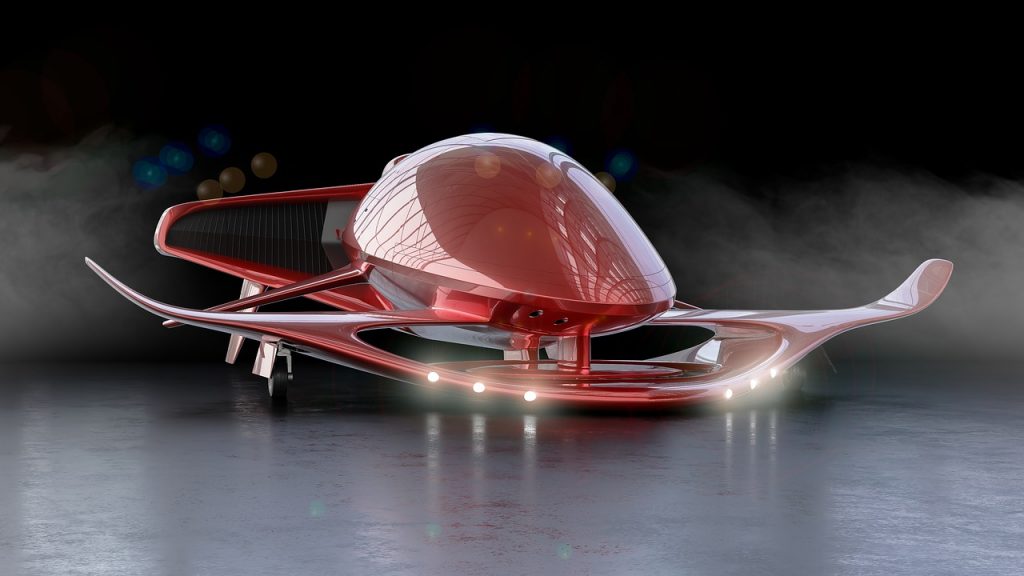Conventional wind turbines are large, heavy, expensive, and permanent. What if we could replace them with something light, versatile, extendable, retractable, and cheap? That is what researchers of the University Carlos III de Madrid (UC3M) have thought of and came up with a kite-like AWES (Airborne Wind Energy System) unit.
This special kite can operate at high altitudes (over 500 meters), gathering the kinetic energy of wind and generating electric power as autonomous systems, combining existing knowledge with novel disciplines. The electric power generated up above in the sky can be transferred down through a conductive tether, through the same line that keeps the kite anchored.
The UC3M researchers explored numerous possible design iterations that result in different behavior and trajectories on their internally and specifically developed computer simulation tool. The design that they ended up with is a highly optimized one that yields the most favorable results, setting and combining all the parameters that make up for an optimum performance result. Of course, the team conducted real experiments as well, since the software simulation cannot faithfully reproduce subtle wind direction or intensity changes.
UC3M Professor of Flight Mechanics, Gonzalo Sanchez Arriaga has stated the following:
“The preparation of the testbed has required a significant investment of time, effort and resources, but it has also raised the interest from a large number of our students. Besides research, the project has enriched our teaching activities, as many of them have carried out their undergraduate and master final projects on AWES.”
The researchers are confident that this field is going to rise and shine in the following years. Similar research efforts have received the financial support from the European Commission as well as tech giants like Google, and this is the most indicative and assertive element of that claim.
The UC3M group itself has received funds by the BBVA Foundation, and Spain’s Ministry of Science, while these first tentative but positive results will surely bring in more resources as needed. The next step is to test the kites in the aviation world, exploring ways to implement and incorporate these wind power gatherers in airplanes.
Image Credit: LeeRosario via pixabay.com






